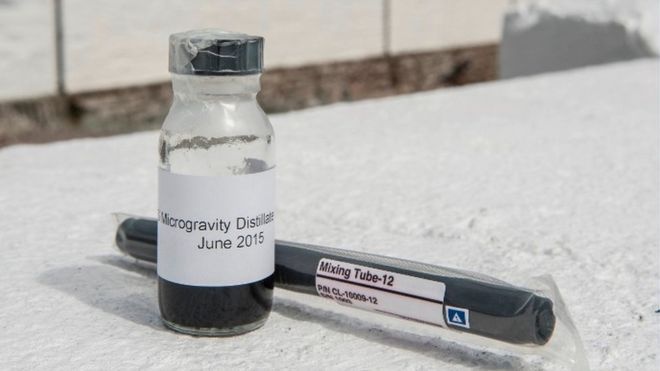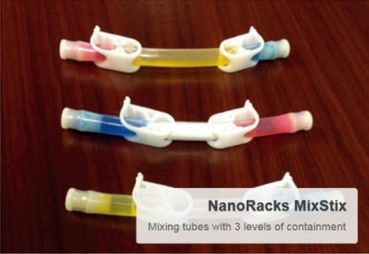Whisky matured in microgravity with very different flavours. Research into terpenes.
Updated: 2024-02-24
Created: 2018-11-01
Applications
- Novelty drink.
- Publicity for microgravity commercialization.
- Terpenes are used in hundreds of products.
Why & Solution
Ardbeg wished to be associated with the demographics world-wide that embrace space exploration. But the policies of NASA prohibit blatant commercial programs. NanoRacks proposed and received NASA permission for Ardbeg to undertake a company sponsored research project to study what happens in the absence of gravity on a class of molecules called terpenes. Terpenes are essential to the smells, tastes and flavorings of foods, perfumes and liquors. Ardbeg wanted to understand whether new flavors and tastes are possible when interacting with oak barrels in the absence of gravity found in the space environment.4
Scientifically, Ardberg and NanoRacks studied the extraction of terpenes from wood samples. Hundreds of everyday products include terpenes including beverages, perfumes and cosmetics. Synthetic variations of terpenes and terpenoids also greatly expand the variety of flavors used in food additives. The ingredients of terpenes have been shown to serve as natural agricultural pesticides. Hence, the understanding of terpenes extracted without gravity may well produce new understandings of a wide range of new products and processes.1
Companies
Stellar Luxuries page at Factories in Space
Building an “orbital distillery to experiment making whiskey at low Earth orbit. Stellar Luxuries boldly pushes the boundaries of luxury and innovation in outer space, crafting rare and exquisite products that reflect the boundless human spirit of adventure and discovery.
Main objectives is to be able to experiment making whiskey at low earth orbit, medium earth orbit and geostationary earth orbit, which, going from lower to higher, would increase the amount of radiation exposure.
Revenue Estimation
Cost Estimation
Likely starting from \$150,000 - \$200,000 per liter when fully made in space.
Earthly Solution Risk
Taste might be imitated eventually, but uniqueness remains.



